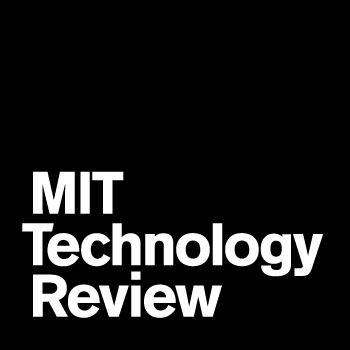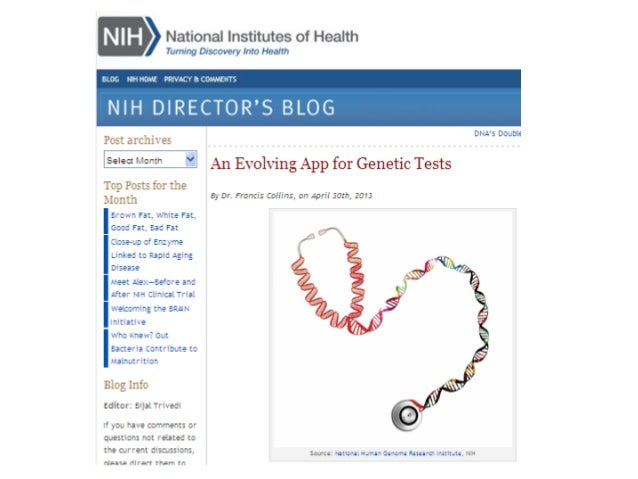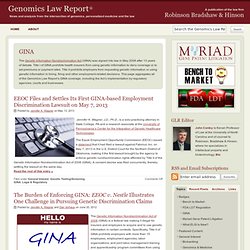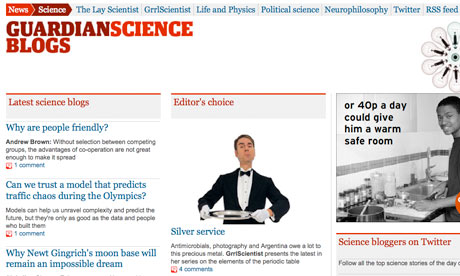
The National Academies of Sciences Engineering and Medicine recently released the Assessment of Technologies for Improving Light-Duty Vehicle Fuel Economy report for the 2025-2035 time period. LSI Faculty Director Gary Marchant, chairman of the report’s committee, led a public briefing on Technologies for Improving Fuel Economy of Light-Duty Vehicles recently to discuss some of the report’s findings.
The report mentions the period of 2025-2035 as a period for major technological change affecting every sector of the vehicle and transportation industry. This report examined the costs, fuel economy benefits and implementation of timing of light-duty vehicle efficiency technologies predicted to be available in 2025 – 2035. Focusing on electric, hybrid, internal combustion engine, fuel cell, non-powertrain and connected and automated vehicle technologies, the committee also looked at consumer responses to the new technologies.
With the technology becoming more cost-effective to produce, there will be changes in the fuel economy and greenhouse gas emissions. Currently, the transportation sector remains the largest contributor of greenhouse gas emissions and is the second largest energy consuming sector in the US economy. This is important as a major goal for many is to reduce or even eliminate emissions in the next two decades.
Read the report here:















